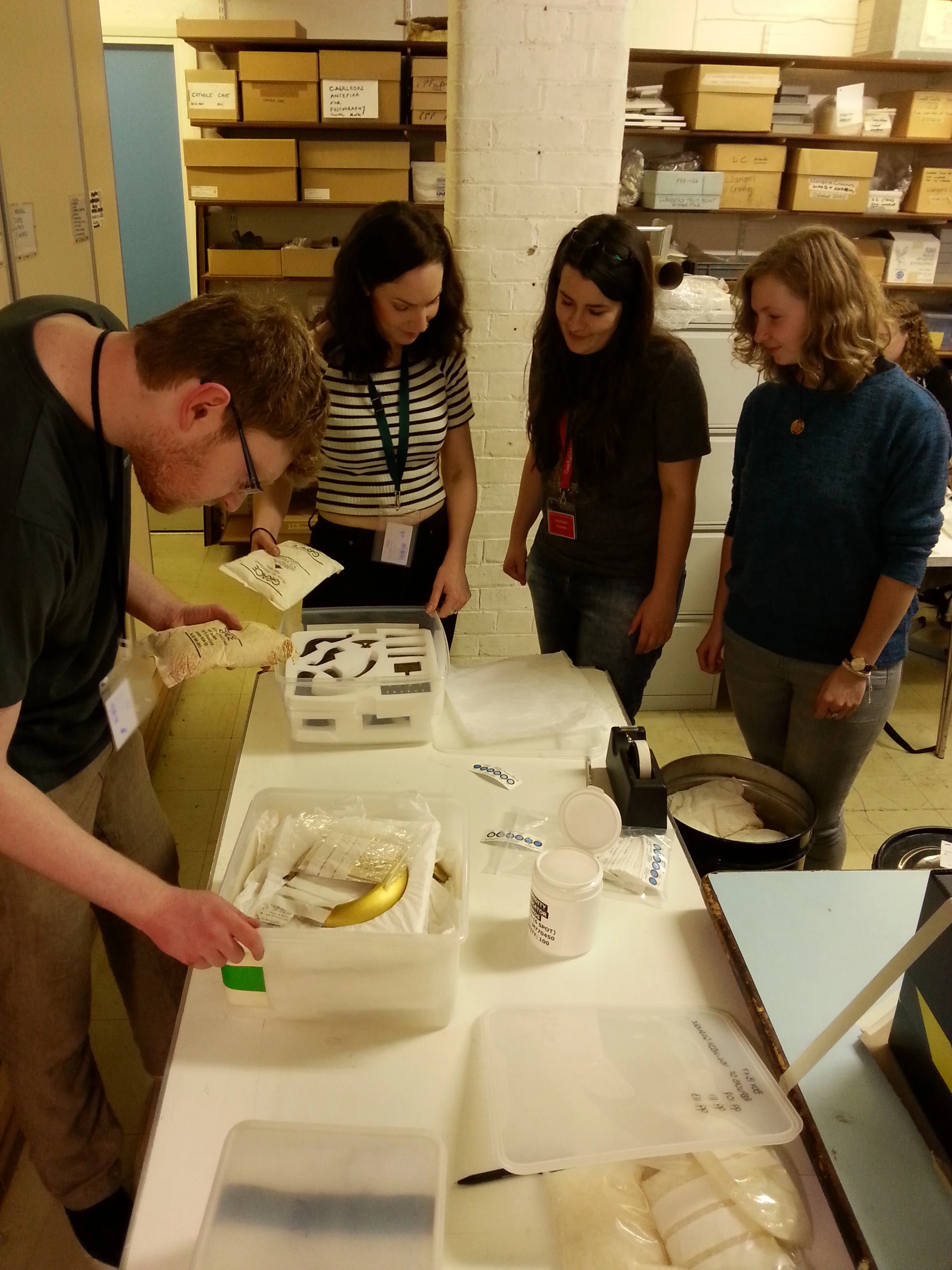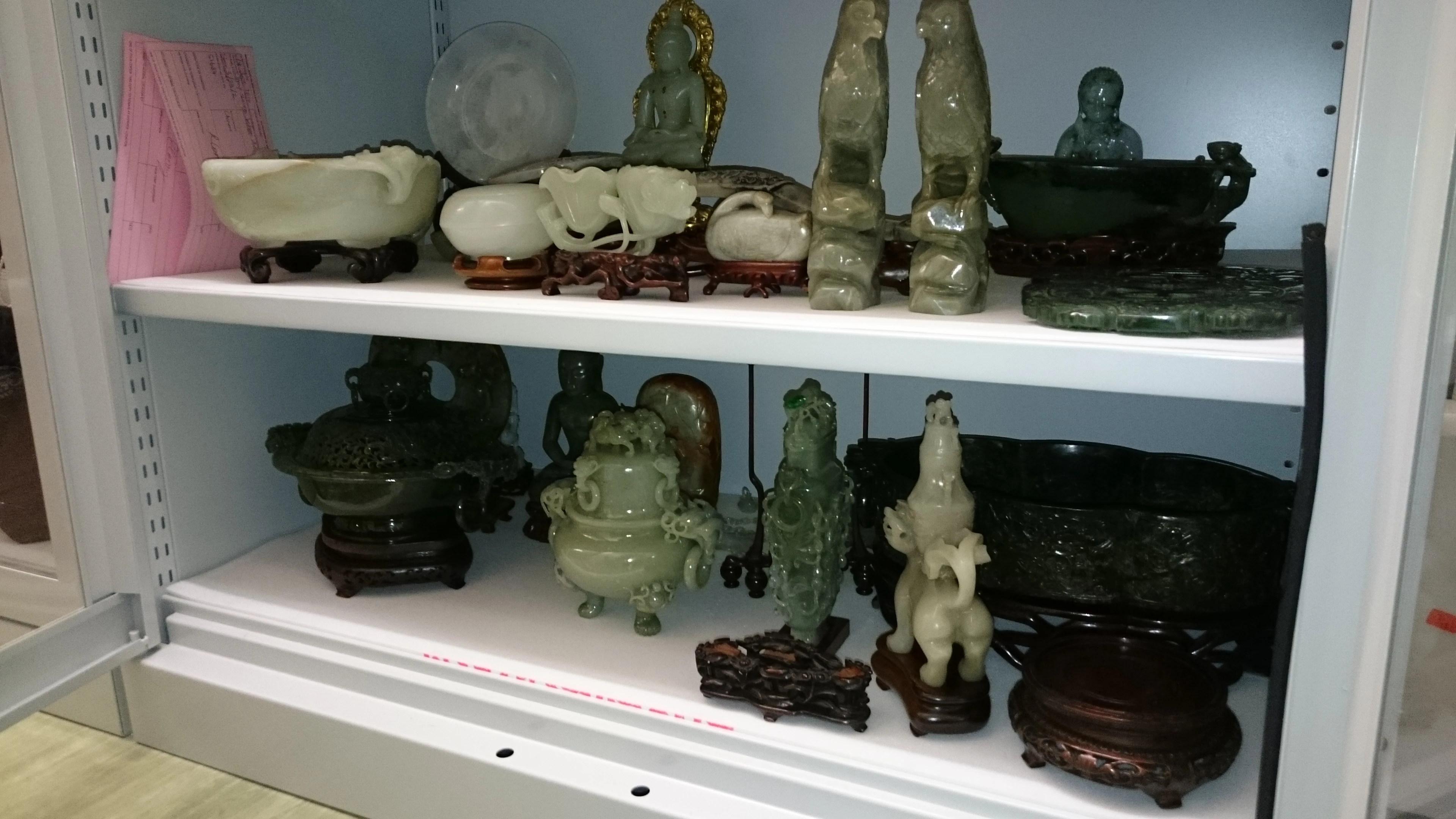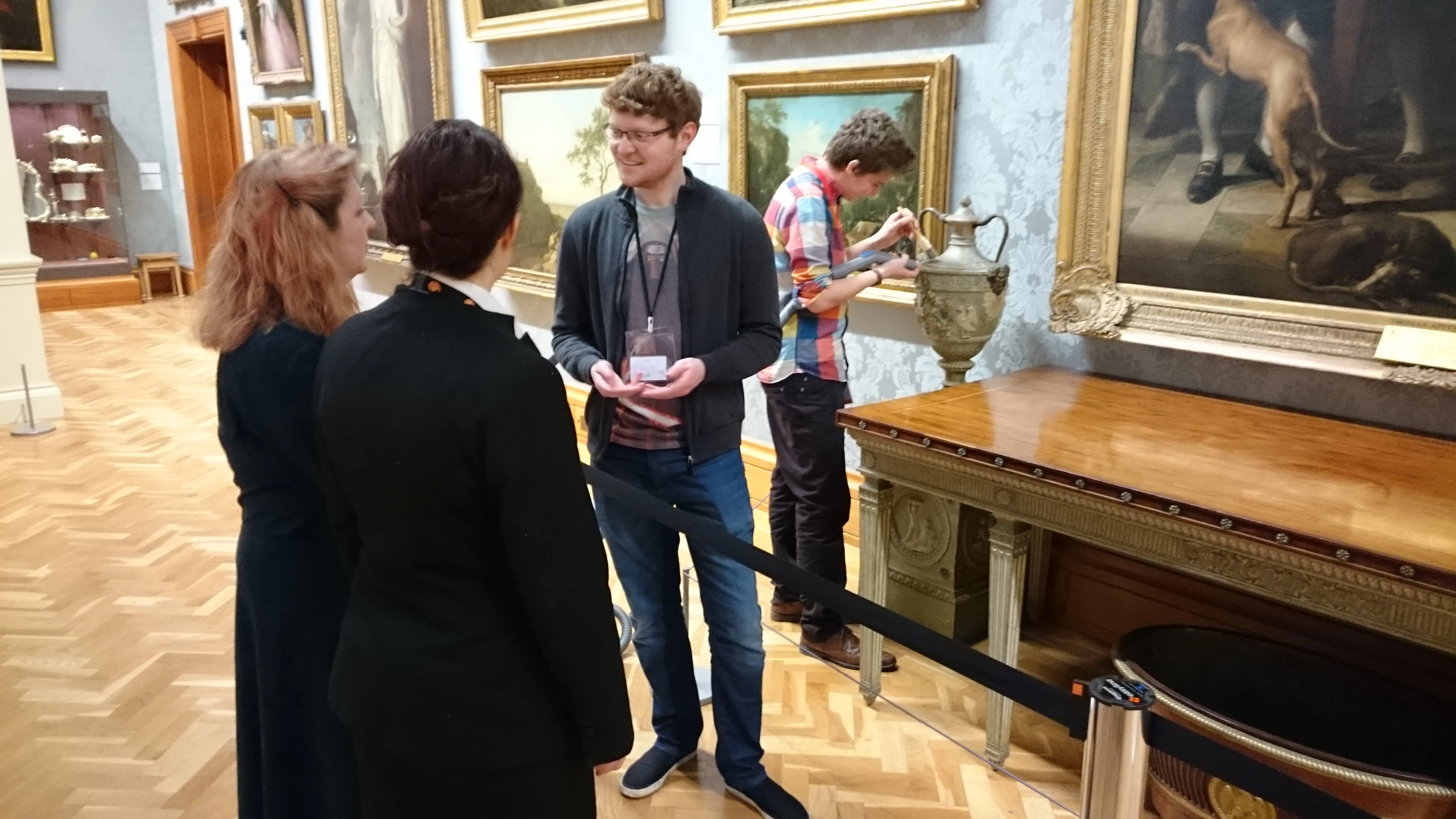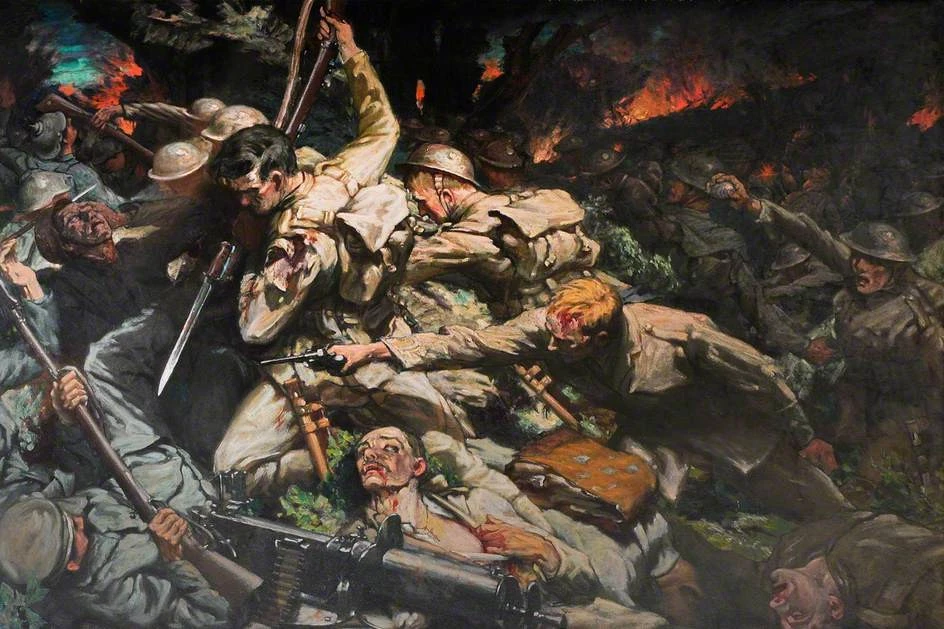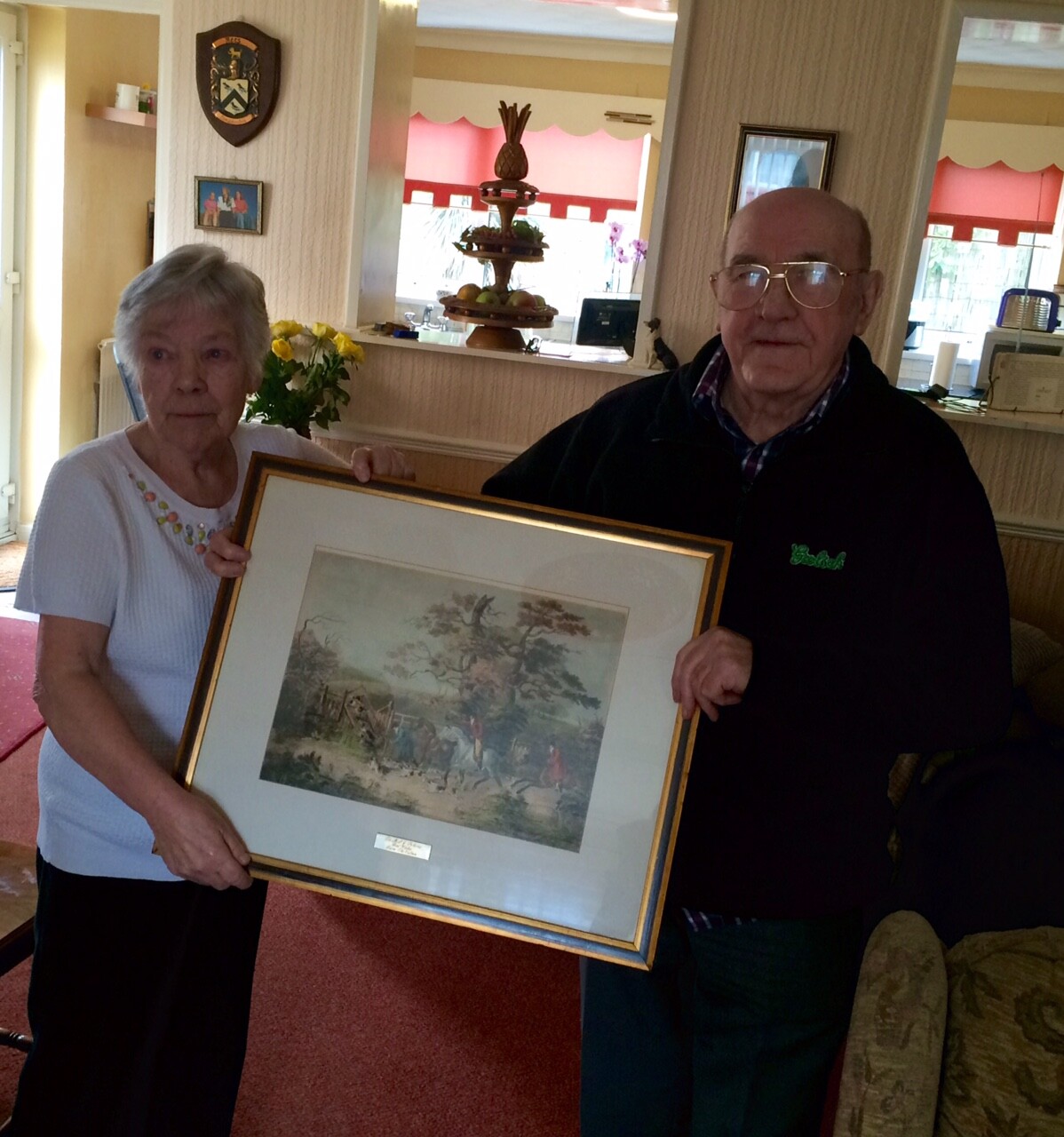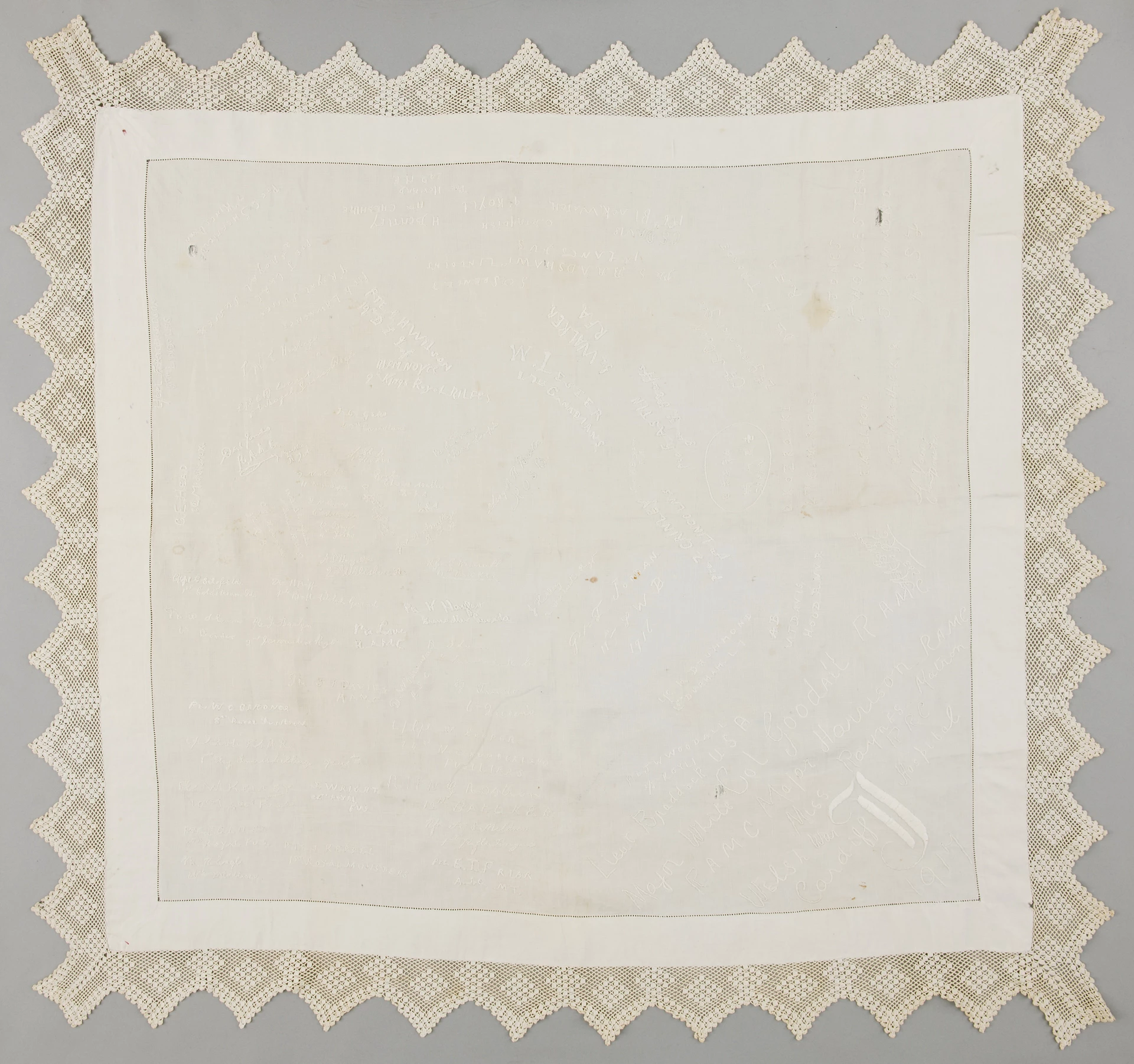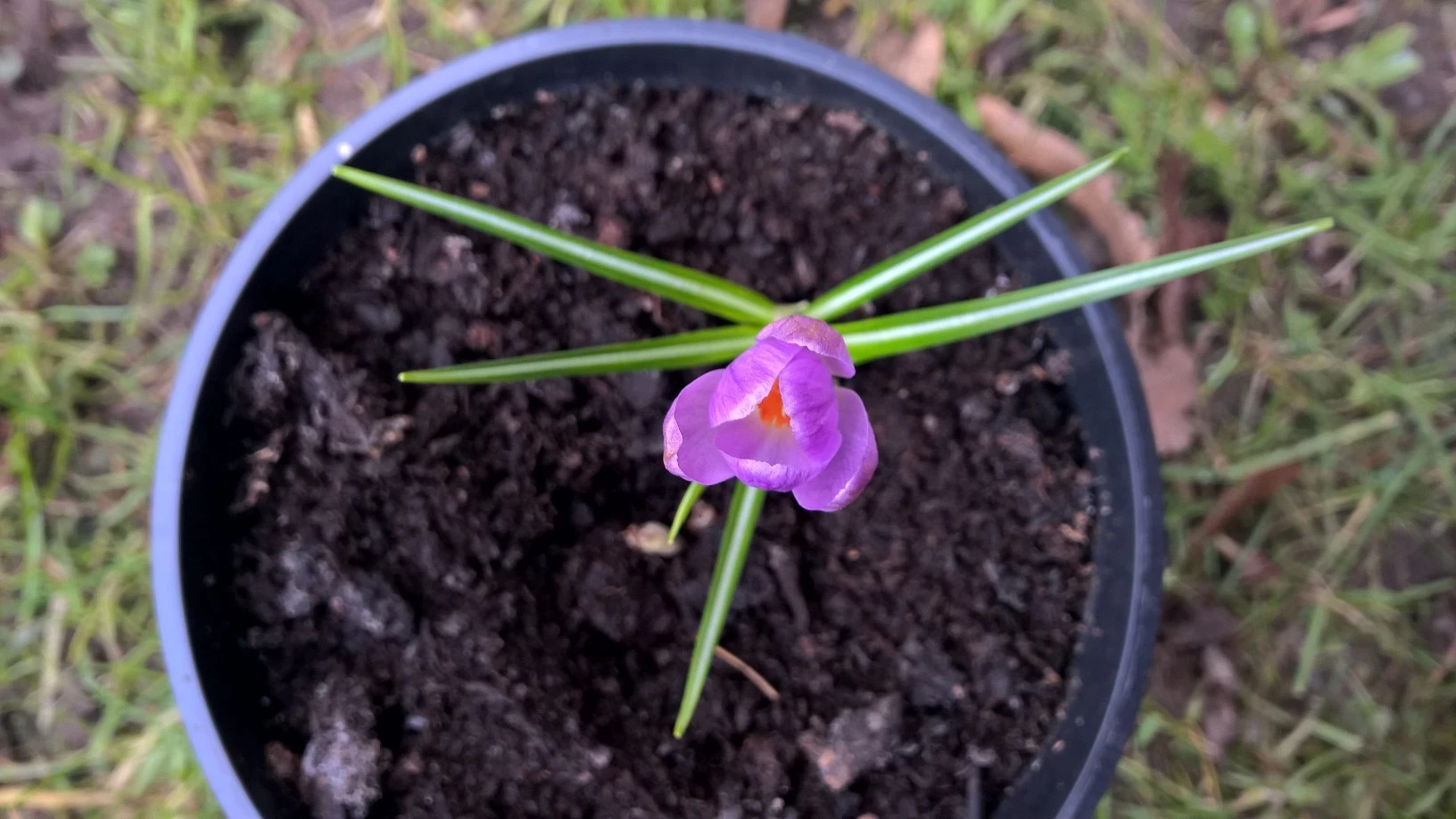The life of a Preventive Conservation volunteer - by Stefan Jarvis
, 11 March 2016
I volunteer one day per week with National Museum Cardiff’s Preventive Conservation team who is responsible for the care of the museum’s collections.
So what constitutes a typical day in the life of a Preventive Conservation volunteer? Typical is not a word that you can really use because it is pretty rare that we’ll be doing the same thing two weeks in a row. Looking after museum collections involves many diverse jobs.
My first ever task as a volunteer was to replace the silica gel in some of the object storage boxes in one of the Archaeology stores. Each of the plastic boxes contains a unique object. The silica gel keeps the object dry, which prevents metals corroding, for example helmets and swords. It’s pretty exciting to work in a museum store, see different parts of the past and know that you had a hand in preserving objects for the future.
What else has this volunteer done? Spot checking for pests in the Entomology store was a pretty strange experience. We look over the insect collections for signs of pest damage. Yes, the dead insects in the store are at risk of being eating by live insects! It really gives this sense of awe and then sadness when you see beautiful insects, both large and small, that you’d never imagined you’d see in real life and then you spot parts where they’ve been eaten by a pest. Looking over the collection regularly, and spotting pest activity early, means that specimens are not damaged by pests.
Most recently we’ve been moving some of the silver and jade objects in an Art store into new storage cases. If you ever get the chance to do this let me give you some advice; don’t think about the value of the objects you’re moving. If you do then you will be nervous. Instead focus on how amazing these objects are and how you’re helping to continue their story by making sure they are stored correctly. The museum objects will stick around a while longer because of your help.
In closing I only have this to say; if you ever get the opportunity to volunteer at a museum you should do it. It may end up giving you some of the best experiences of your life. That’s what it did for me.
Stefan Jarvis.
Find out more about care of collections at Amgueddfa Cymru - National Museum Wales here.
